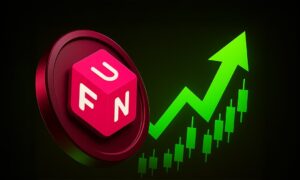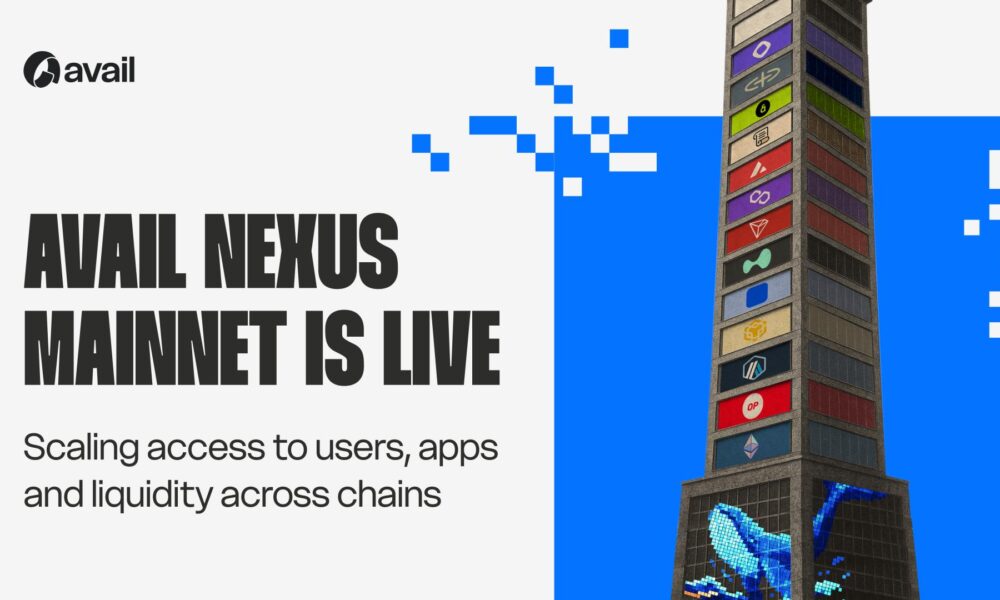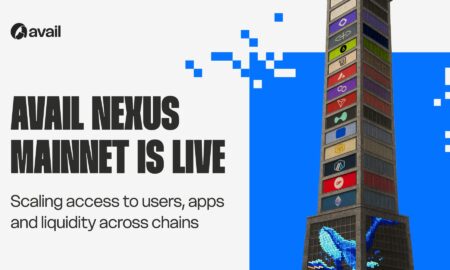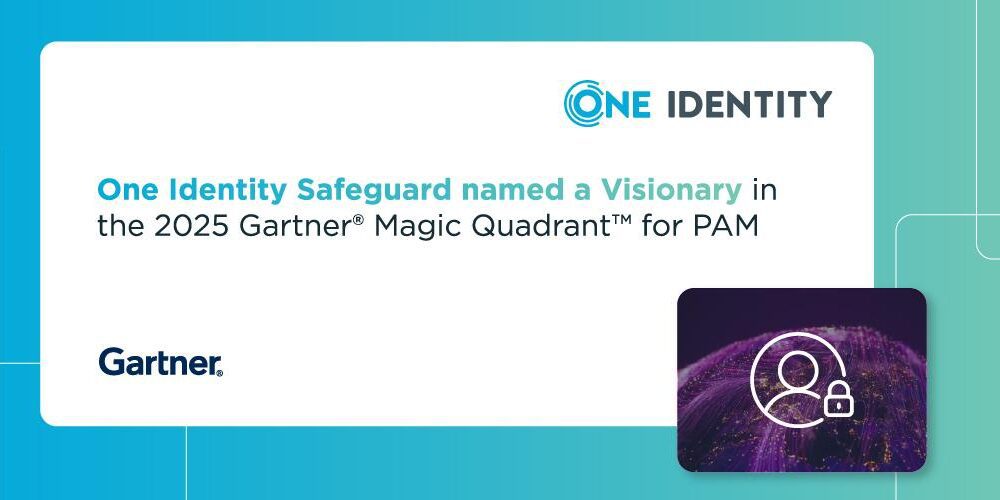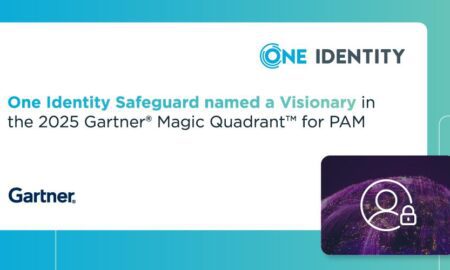Ange Gallego, the French-born engineer and serial entrepreneur, has spent the past decade quietly reshaping the blockchain industry. From his early days building Bitcoinlayer-2 solutions to his current role leading a new wave of decentralized innovation, Gallego has consistently been ahead of the curve.
Currently valued at over $3.5 trillion, the global blockchainindustry continues to expand—analysts still foresee dramatic growth ahead—and his methodologies offer a masterclass in bridging technical ingenuity with mass adoption.
Lesson 1: Solve the “Unsexy” Problems First
Gallego’s career began not with grand visions of disruption but with a focus on infrastructure gaps. At Via Rollup Ltd., his Bitcoin layer-2 startup, he tackled the persistent challenge of scaling Bitcoin’s transaction throughput. “Everyone was obsessed with DeFi yields in 2023,” he recalls. “Meanwhile, Bitcoin’s throughput was stuck at seven transactions per second. You can’t build a financial system on that.”
According to Chainlink, the Bitcoin network processes about seven transactions per second, and scaling solutions like rollups are essential for increasing throughput and reducing costs.
His modular prover–verifier framework, which eliminated the need for external custodians, became a reference model for engineers at other blockchain projects. By focusing on the underlying bottlenecks, Gallego’s work contributed to advances that made Bitcoin layer-2s more viable for real-world use.
Lesson 2: Bet on Institutionalization, Not Speculation
While crypto’s retail frenzy peaked in 2021, Gallego’s fund, Warpspeed Capital, pioneered delta-neutral DeFi strategies—risk management techniques meant to minimize exposure to price swings. “We weren’t chasing ‘10,000% APY’ farms,” he says. “Our goal was to prove crypto could generate institutional-grade risk-adjusted returns.” This method resonated as institutional investment in cryptocurrencysurged, with the global crypto market cap reaching $3.71 trillion in December 2024 and nearly 47% of traditional hedge funds gaining exposure to digital assets.
Lesson 3: Lower Barriers, Not Standards
Gallego’s latest venture epitomizes his belief that simplicity drives adoption. The platform’s “one-click” app pipeline—powered by AI-driven automation—has enabled a new wave of micro-dApp builders. “We’re seeing indie developers launch games and MVPs for startups faster than you could set up a Shopify store,” says Gallego.
Solana’s scalability has played a key role here, with the network achieving an average of 2,200 transactions per second in the first half of 2024 and transaction fees typically ranging from $0.0024 to $0.048. This low barrier to entry has helped Solana surpass 4 million daily active addresses and 86 million transactions daily as of March 2025.
Lesson 4: Bake Anti-Fragility Into Your Codebase
Gallego’s systems prioritize resilience over raw speed. “Scalability isn’t just about peak TPS,” he notes. “It’s about designing for the 99th percentile failure case.” Solana’s network has demonstrated strong uptime overall, even amid isolated outages and performance bottlenecks during surges in demand.
Lesson 5: Let the Market Validate Your Edge
Gallego’s ventures have attracted validation from across the industry. Colosseum Ventures, a $60 million Solana-focused fund, provided a $250,000 pre-seed investment following strong hackathon performances and rapid developer adoption.The pattern repeats: Other projects referenced Via’s bridging specs, while institutional investors have cited Warpspeed’srisk models.
Lesson 6: Build Bridges, Not Moats
Despite leading competing ventures, Gallego openly shares technical blueprints. People have widely circulated his white paper on modular prover orchestration. “If your differentiator can be replicated by a grad student in a weekend, you never had an edge,” he argues.
This collaborative ethos reflects a broader industry trend: open-source blockchain projects receive the majority of developer contributions, and cross-chain interoperability protocols now handle billions in daily volume.
Lesson 7: Timing Is a Skill, Not Luck
Gallego’s launches have aligned with key regulatory and technological inflection points. For example, one of his platforms debuted shortly after the SEC clarified rules on non-custodial platforms, while Via capitalized on Bitcoin’sTaproot upgrade. “I spend 30% of my time mapping macro trends,” he reveals. “The other 70% is building, so we’re ready when the window opens.” The passage of the GENIUS Act in 2025, which introduced clear rules for stablecoinissuers and platforms, created new opportunities for compliant DeFi platforms.
Lesson 8: Cultivate Asymmetric Incentives
At Warpspeed, Gallego structured team bonuses around long-term returns instead of assets under management, encouraging a focus on sustained value creation. The fund further distinguished itself by hedging against major market risks through delta-neutral strategies, enabling it to weather downturns that impacted much of the industry.
Lesson 9: Embrace the Criticisms—Then Disprove Them
Not all observers applaud Gallego’s methods. “These platforms lower barriers but also dilute skills,” argues Dr. Elaine Zhou, a Stanford cryptographer. “When anyone can deploy a dApp, who’s accountable for smart contract vulnerabilities?”
Gallego counters by pointing out that audit pipelines automatically flag common vulnerabilities. “Democratization doesn’t mean abandoning rigor,” he says. “It means baking rigor into the tools themselves.”
Lesson 10: The Endgame Is Invisible Infrastructure
Gallego’s ultimate vision? “Blockchain should be like TCP/IP—essential but invisible.” His latest work explores ways to make Web3 infrastructure so seamless that merchants could one day embed tokenized loyalty programs without writing a line of code.
As the industry braces for new challenges and regulatory scrutiny, Gallego remains focused: “The companies that survive,” he predicts, “won’t be those that shout loudest about decentralization. They’ll be those that make it effortless.”
The Builder’s Paradox
In a time when crypto’s political influence grows contentious—evidenced by the 2025 Senate showdown over the GENIUS Act—Gallego’s way offers a counter-narrative. While some pour millions into lobbying, his teams prioritize code over campaigns.
“Regulators will always chase innovation,” he reflects. “Our job isn’t to fight them or woo them. It’s to build systems so robust and accessible that they become inevitable.”
As blockchain transitions from rebel tech to regulatory darling, Gallego’s lessons may well define the playbook for the next decade. They prove that in crypto’s third act, the most revolutionary ideas are not those that disrupt but those that endure.




